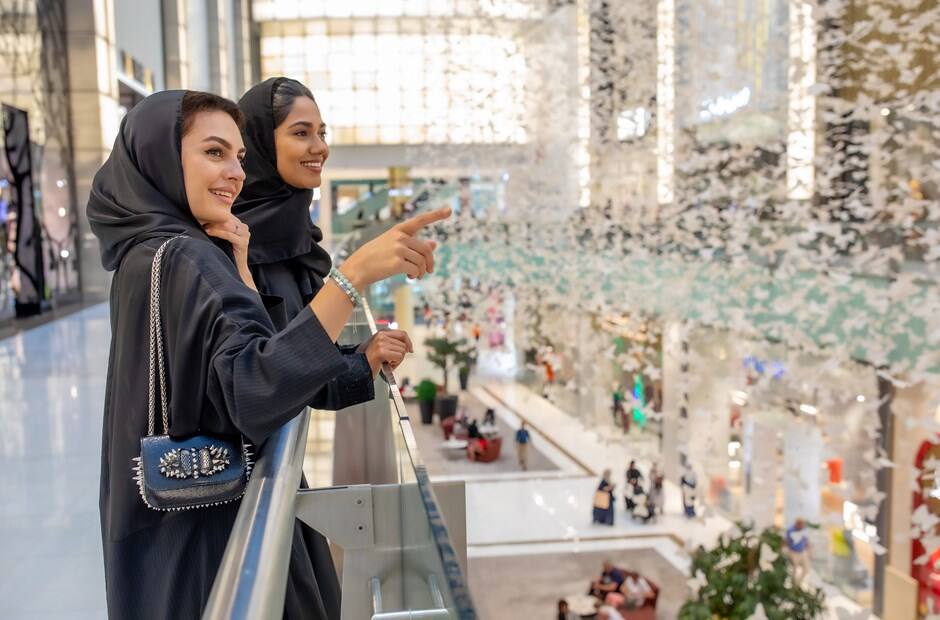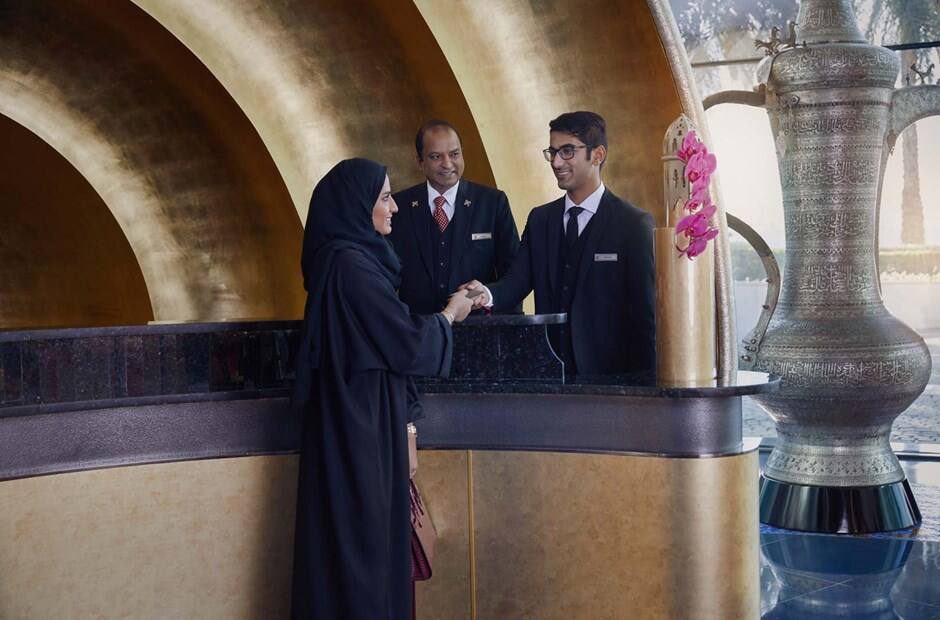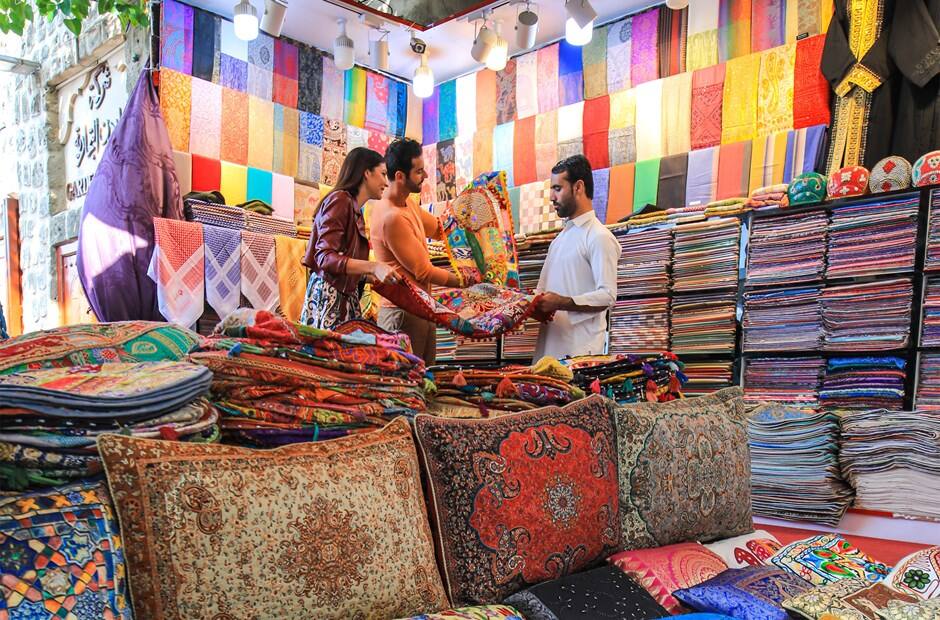Discover the warm Arabic hospitality, rich culinary heritage, and proud traditions that make up Dubai's vibrant culture through its traditional clothing, food, customs, arts, music, celebrations, and national holidays.
Typical Emirati Clothing
In Dubai, the diverse population includes around 200 nationalities, but traditional Emirati dress remains distinctive and symbolic of cultural pride and religious adherence. Emirati men wear a long, loose-fitting white cotton garment called a kandoura or dishdasha, designed for comfort in the desert heat and to protect from sand and sun.
This is paired with a ghutrah (head covering) held by an agal, a black cord. Emirati women typically wear an abaya, a long black flowing coat over other clothing such as a jalabeya (a long traditional dress), paired with a black shayla scarf for the head. Modern variations may include subtle embroideries and designs but maintain modesty and elegance.

Typical Emirati Food
Dubai's rich culinary heritage includes many local dishes that give a glimpse of its traditions. Signature foods include camel meat served in various ways, dates often stuffed with nuts, and fouga deyay—a rice dish with grilled chicken marinated in spices. Traditional beverages like gahwa (Arabic coffee) are served from a dallah pot, symbolizing hospitality.
Other delights include harees (wheat and meat dish), kabsa (spiced basmati rice with meat), karak chai (spiced tea), luqaimat (sweet dumplings with date syrup), shorbat adas (lentil soup), and slow-cooked shuwaa lamb with nuts and raisins. These dishes celebrate the flavors and communal dining style rooted in Emirati culture.

Hospitality and Etiquette
Hospitality (hasan al-diyafa) remains a core Bedouin and religious tradition in Dubai, expressed through respectful greetings like "Marhaba" (welcome) and "Salaam alaykum" (peace be upon you). Guests are usually welcomed with Arabic coffee and dates, served with specific customs such as handing back the coffee cup with the right hand.
Visitors should dress modestly when invited into homes, remove shoes at the door, and understand cultural norms like men greeting with nose-to-nose or cheek pecks (not expected of visitors) and men shaking hands, while some women may prefer not to. Meals are often communal, served on a large platter, with hand-eating customary .

Arabic Arts and Traditional Handicrafts
Dubai preserves rich Arabic arts and crafts including calligraphy (khatt), an elaborate art form of Arabic script symbolizing design and beauty. Henna body art is popular, especially for brides as a symbol of good fortune, yet remains a common beauty practice.
The city also celebrates perfume-making traditions with oud (agarwood) and rose scents, and pottery that dates back millennia used for decorative and practical purposes. Weaving techniques like al sadu utilize camel or sheep wool to craft essential items from baskets to tents, reflecting deep-rooted nomadic heritage.

Dubai Music, Celebrations, and Festivities
Music and poetry have long been intertwined in Dubai’s cultural fabric, with traditional forms like al shila and al wana combining verse with music. Traditional dances such as ayyala—the stick dance performed by men—and razfa incorporating poetry and symbolic objects, remain vibrant at weddings and national celebrations.
Dubai's contemporary music scene includes both local artists and global stars. Weddings historically lasted several days with gender-segregated celebrations, featuring feasts and cultural art, now often held in banquet halls but still rich in tradition. Poetry, particularly Nabati, holds pride with verses rendered in striking calligraphy.

National Holidays in the UAE
Key holidays reflecting Dubai’s Islamic and national identity include:
- Eid Al Fitr and Eid Al Adha: Major religious holidays marked by family gatherings, prayers, charity, and festive greetings.
- Ramadan: The holy month featuring fasting from dawn to dusk for spiritual reflection and community bonding, ending with iftar meals after sunset.
- Union Day (formerly UAE National Day): Celebrated on December 2, commemorates the 1971 unification of the emirates, featuring festivities that celebrate national pride and heritage .
This overview highlights how Dubai’s culture is lovingly preserved and expressed through traditional dress, signature cuisine, warm hospitality, flourishing arts, vibrant music and dance, and meaningful celebrations that together create the dynamic and welcoming spirit of the city.



.jpg)

.jpg)


.jpg)
.jpg)
.jpg)








.jpg)

.jpg)


.jpg)
.jpg)



.jpg)
.jpg)





.jpg)

.jpg)
.jpg)
.jpg)
.jpg)

.jpg)
.jpg)
 (1).jpg)
 (1).jpg)



.jpg)



.jpg)


.jpg)

